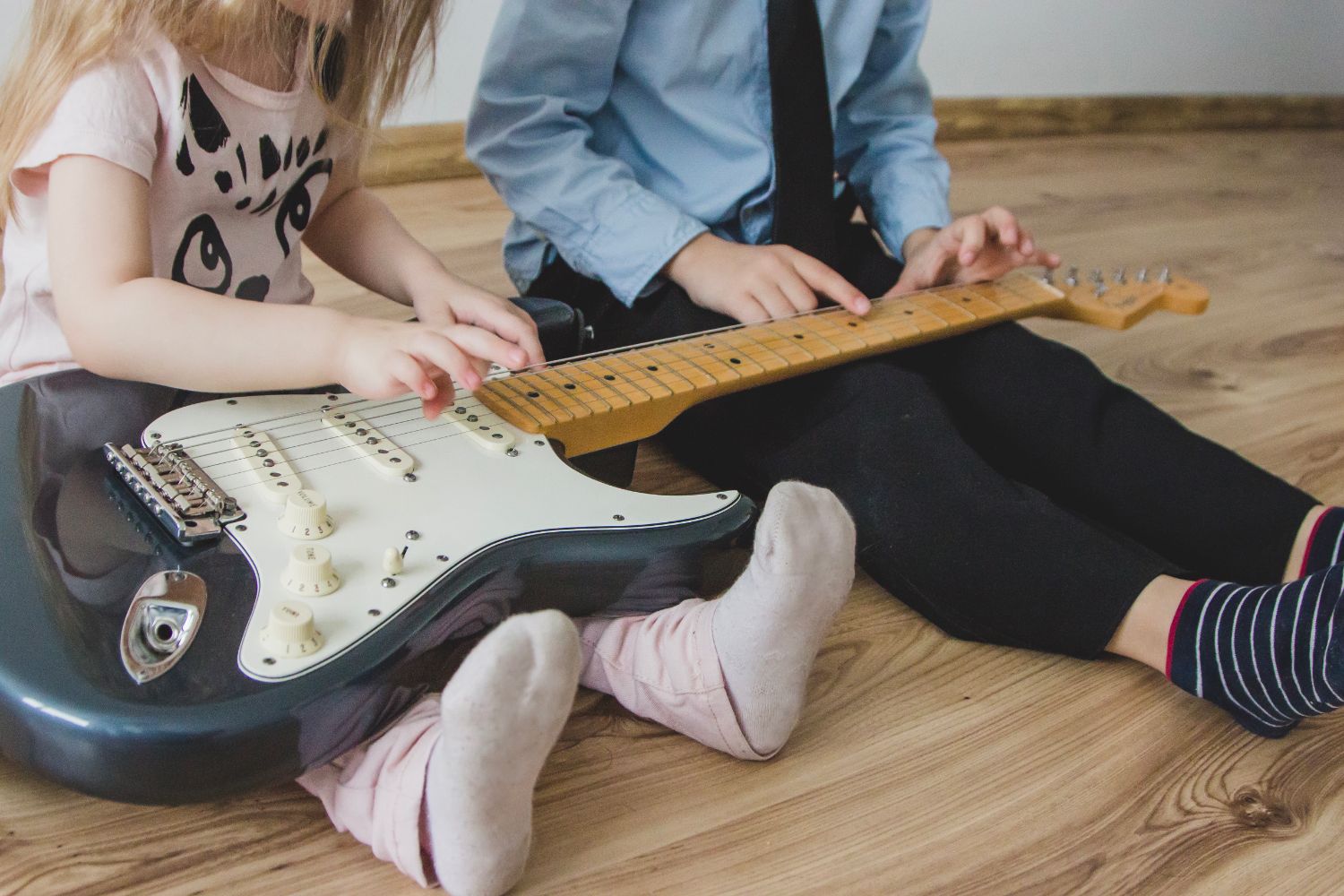4 Beginner mistakes and how to avoid them
By Miika Korte
When you are starting your journey with your new guitar, there are a lot of pitfalls, that you can encounter, which could discourage you from keeping on playing, because ultimately you might realise, something sounds not quite right, but you cannot point your finger on it.
To help you to avoid this really frustrating experience, I summed up a few potholes, that you can avoid right from the start, so that you can play comfortably, even if you are only playing the simplest melodies and chord changes.
Rhythm
A lot of beginners (and intermediates, too!) struggle with keeping rhythm perfectly in time. That means, being able to play every stroke with the exact same time difference, as all other strokes and as they are meant to be played.
A lot of people hate it, but the metronome is a really useful tool, to get rid of such problems. What is more important? An annoying sound every now and then when you are practicing or sounding annoying, when you are playing in front of others?… Right. Thought so 🙂
What you need to do, is pick something you struggle to play, set the metronome to a low speed and just sit there and THINK! Do not play yet. Just try to imagine how what you are playing should sound in synchronisation with the metronome beat. Once you are 100 % clear on that, you can proceed to playing your piece or section of a piece or exercise.
And here is the most important part: Record yourself while playing and before listening back, try to imagine what you want to hear, or if you already have a perfect recording either from the music file or the CD or from your teacher, listen to that first and compare. Then try to adjust your playing and get it closer to what you want to hear.
This should get you at least a little bit further, than where you are now.
Flying Fingers
This is a problem I often see with guitar players, who never had any teacher or had lessons a long time ago, most probably with a less experienced or less engaged teacher.
When changing chords or fretting single notes, the fingers fly uncontrolled away from the fretboard when lifted.
That is due to a habit, that developed, because nobody ever told them, how to move the fingers, when they are done with playing a note.
Instead of actively lifting the fingers away from the fretboard, it is enough, to just relax your fingers, so that they now merely float approximately half an inch (1 cm) or less above the fretboard.
Record your left hand on video to be able to analyse your motions properly.
Posture
If you do not get used to the right posture, you open yourself up for tension in your body, that can stand in the way of playing comfortably and without strain in your shoulder.
You do not need to get this perfectly right away, but simply try to pay attention to the following guidelines:
Keep your guitar on your left leg (if you are a left hander, keep it on the right leg) and keep your neck in a 45° angle to the floor pointing upwards.
Your elbow should be relaxed and hanging downwards loosely.
Now one important part about your fretting hand:
Keep the thumb perpendicular in the center, width wise, on the back of your fretboard. Never ever have it parallel, pointing towards the headstock. As a general guideline, your thumb should be opposite to your middle finger.
Lifting fingers of a chord uncontrolled
When playing a chord for a longer time, some students oddly release their fretting hand fingers a little bit in between some strokes, to get some kind of muting effect, but I would recommend not to do so, until somebody who is knowledgeable about it, shows you how to do it properly. Until then, just keep your fingers on the fretboard as long as you do not change a chord and focus on getting the chord changes right!
About the Author:
Miika Korte is the most sought-after guitar teacher in Tampere, providing kitaratunnit tampere for electric and acoustic guitarists, who are looking for lessons, that are based on creative application.


